Celebrating the beauty and diversity of the natural world, the British Ecological Society announced the winners of its 2020 “Capturing Ecology” photography competition. The images were taken by international ecologists and students from around the world and capture flora and fauna in creative settings.
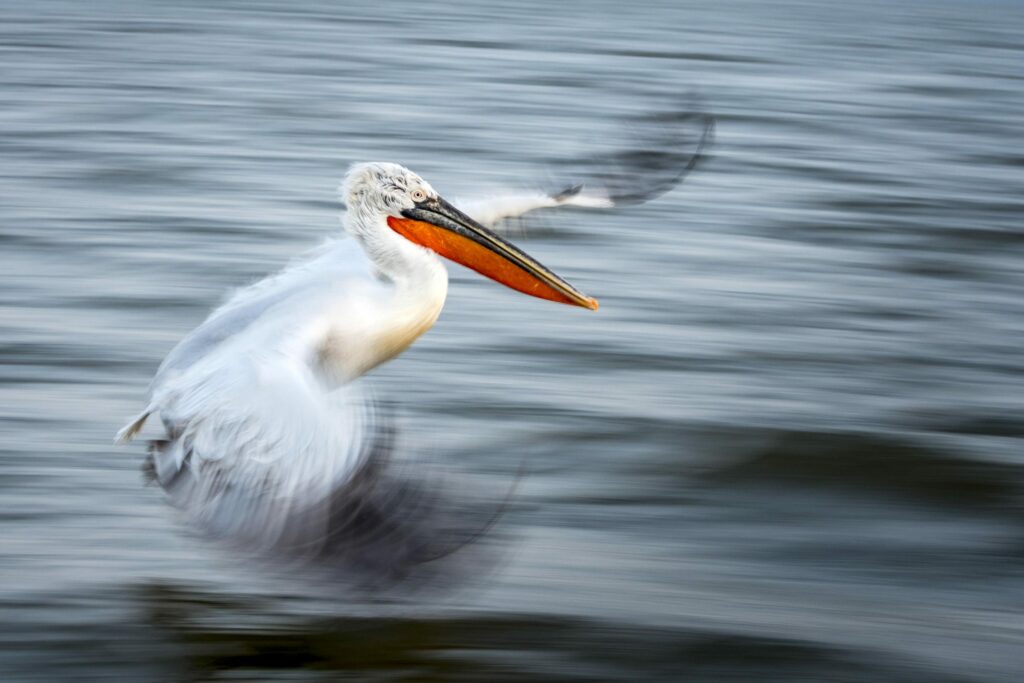
Subjects range from a showdown between a roadrunner and rattlesnake, flamingos feasting at sunset, and a close-up of a humphead wrasse. The independent judging panel featured six highly respected members from different countries, including eminent ecologists and award-winning wildlife photographers.
The first prize was awarded to Alwin Hardenbol from the University of Eastern Finland and his shot of a Dalmatian pelican, the largest type of pelican and one threatened by the loss of its breeding colonies and aquatic habitats. In a statement, Hardenbol said he had to take thousands of pictures to get the perfect shot.
“I gave this image the title ‘The art of flight’ because of how impressive this bird’s wings appear in the picture, you can almost see the bird flying,” Hardenbol said. “Winning such a competition as an ecologist provides me with the opportunity to continue combining my research with my passion for nature photography.”
A biology student from Argentina, Pablo Javier Merlo, won the overall student category. He captured a Great Dusky Swift perched on the steep rocky walls of the Iguazú falls which limit between Brazil and Argentina. These birds, known as waterfall swifts, can be usually found flying among the Iguazú falls.
“The Iguazú National Park has remarkable importance since it protects a very diverse natural ecosystem, and the waterfall swift is an important icon of Iguazú and its diversity,” Merlo said in a statement. “I am very grateful to be selected as one of the winners and feel motivated to continue learning about photography.”
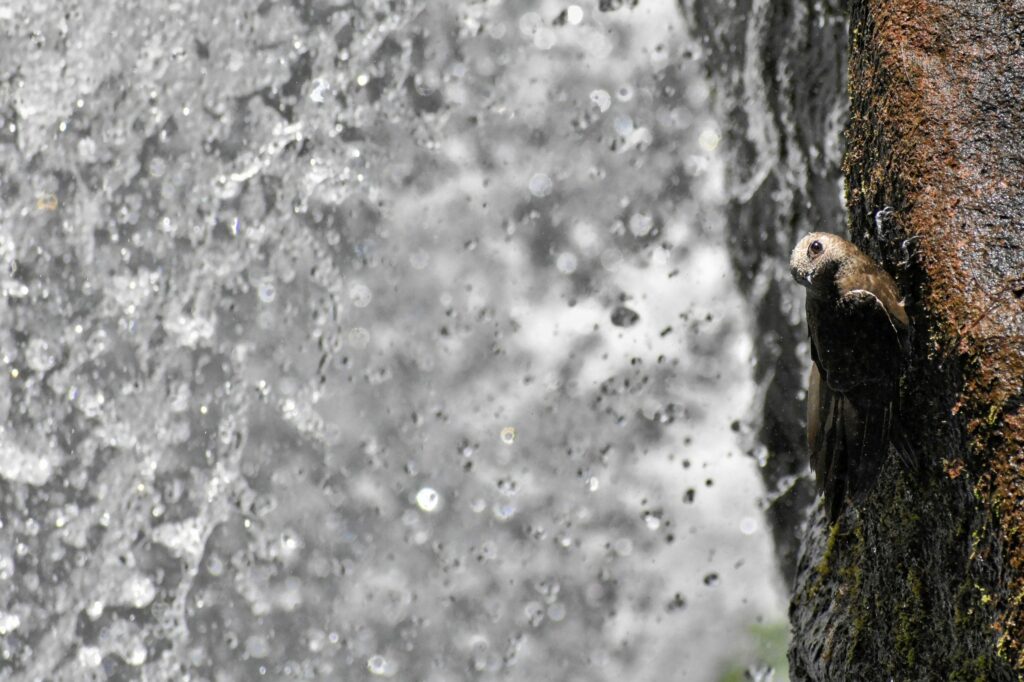
A researcher at the University of Valencia, Roberto García Roa was the winner of “The Art of Ecology” category for this image of a Cope’s vine snake using its open mouth as a tactic to scare predators. This is a tactic used after being discovered, despite the fact they are considered harmless and having no venom.

Upamanyu Chakraborty, a researcher at the Wildlife Institute of India, was one of the overall runner-ups with this impressive photo on weaver ants and their social behavior, taken in a backlit situation. They build their nests out of leaves and live a life high up in the canopy of the trees, off the ground where possible.
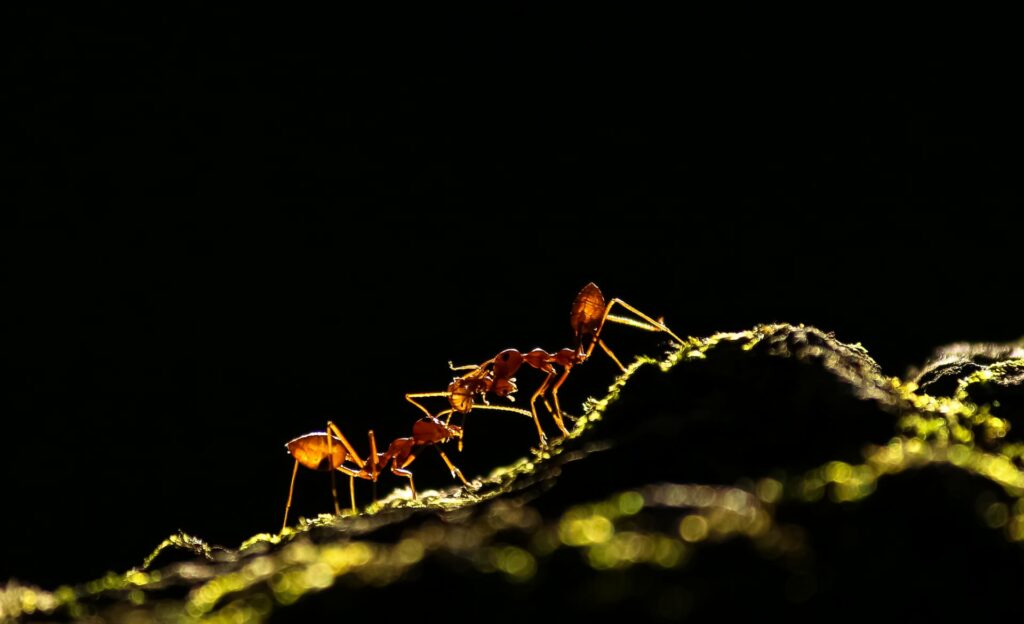
Pichaya Lertvilai, a researcher from the Scripps Institution of Oceanography at the University of California San Diego, was another overall runner-up winner this photo of the paralarvae of the California two-spot octopus hatching from their egg sacs. The egg yolks sustain them for a short period before they have to start hunting to survive.
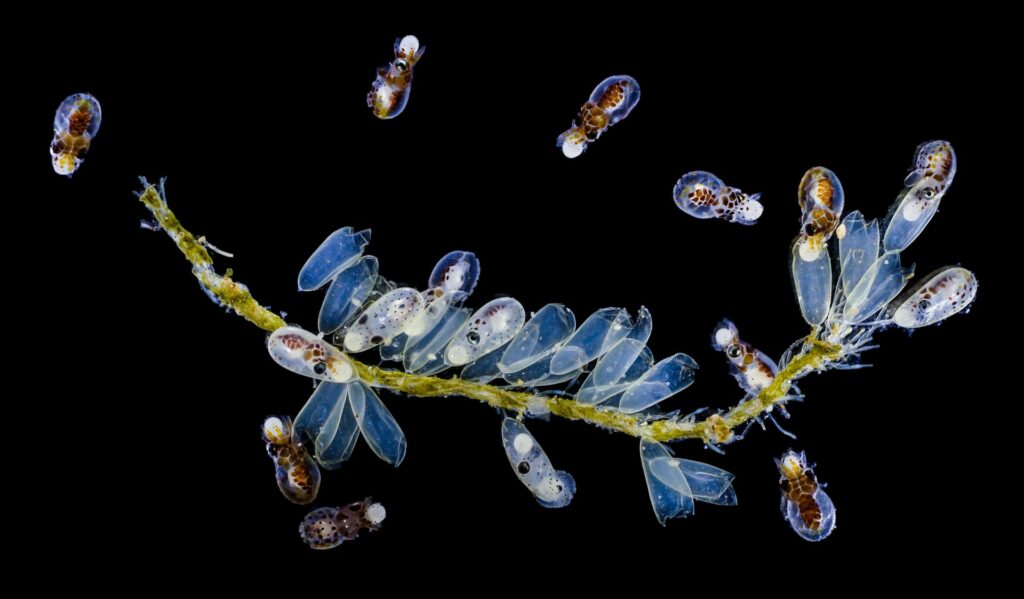
Peter Hudson, a researcher from Penn State University, was the winner of the dynamic ecosystems’ category. He took a photo of a roadrunner dancing around a western diamondback rattlesnake. The roadrunner keeps its wings out and feathers exposed with its body hidden to minimize the chances of death if the snake strikes.
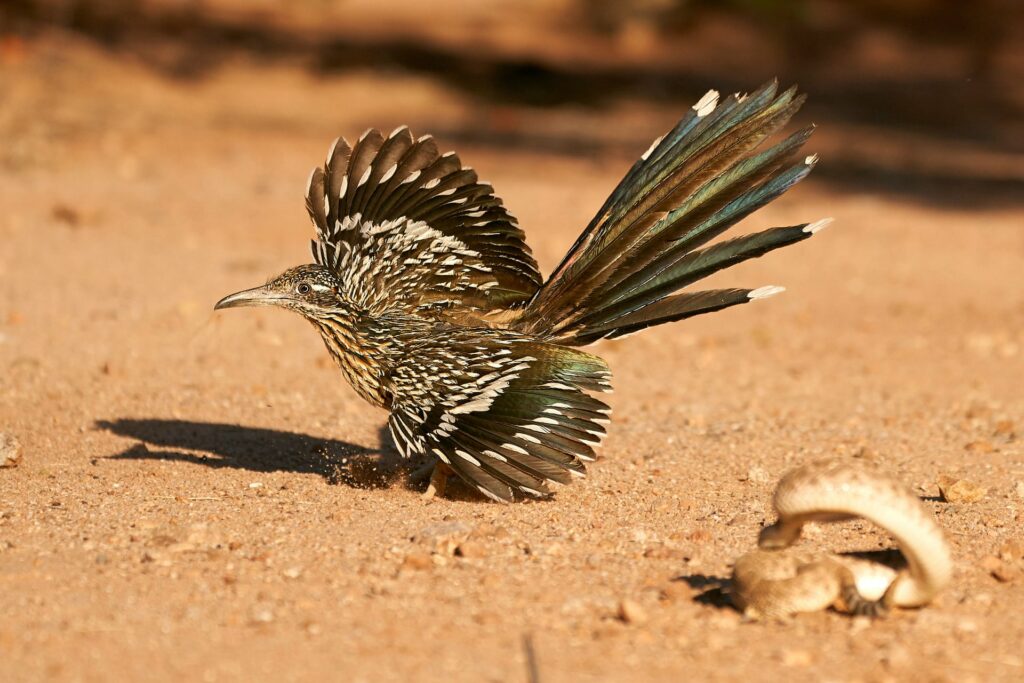
The ‘Up close and personal’ category winner was Michał Śmielak, from the University of New England, Australia, with his photo of this bearded leaf chameleon.

You can read more about the contest and see the other entries here.